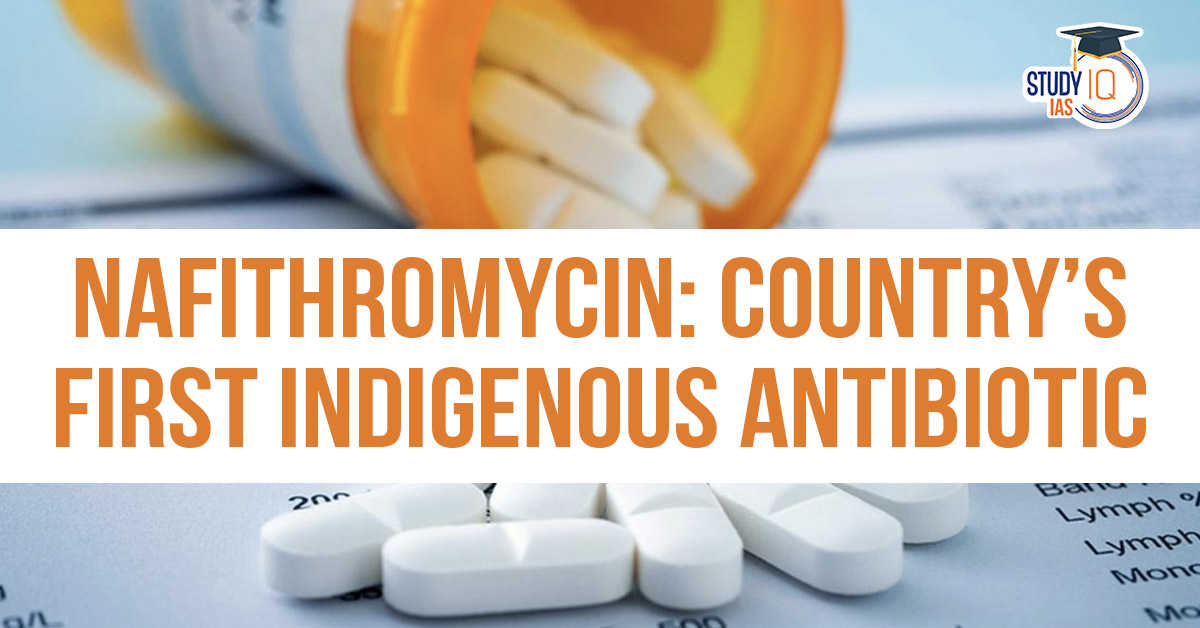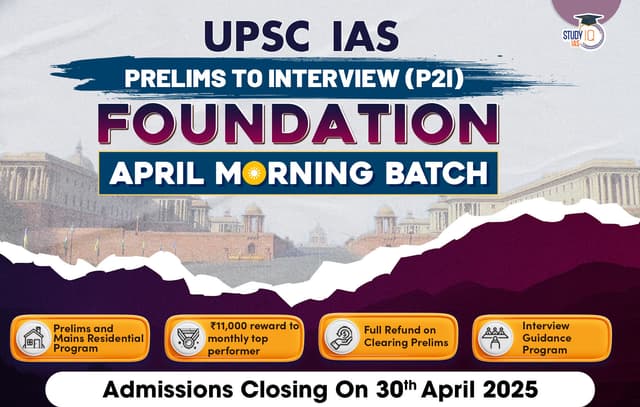Table of Contents
The greatest challenge of the modern healthcare era is Antimicrobial Resistance (AMR). India has made a tremendous step in this direction by developing Nafithromycin, the first indigenous macrolide antibiotic in the country. This innovation marks a milestone in pharmaceutical development and strengthens India’s hand in the global fight against AMR.
What is Nafithromycin?
Nafithromycin is a macrolide antibiotic developed after three decades of research and innovation. It is designed to battle Community-Acquired Bacterial Pneumonia caused by drug-resistant bacteria. The “Miqnaf” brand boasts superior efficacy compared to existing treatments.
Key Features:
- Effectiveness: Ten times more potent than current treatments like azithromycin.
- Treatment Duration: A short, three-day regimen for improved patient compliance.
- Safety: Minimal side effects and no significant drug interactions.
- Broad Spectrum: Effective against typical and atypical drug-resistant bacteria.
Significance in the Fight Against AMR
Antimicrobial Resistance (AMR) occurs when pathogens develop resistance to drugs, rendering treatments ineffective. In India, 6 lakh lives are lost annually due to resistant infections. The introduction of Nafithromycin addresses critical challenges posed by AMR:
- India’s Pneumonia Burden: India carries a significant share of the global pneumonia burden, making this antibiotic essential.
- No New Antibiotics: Nafithromycin is the first new antibiotic in its class globally in over three decades, filling a critical gap.
- Improved Outcomes: By offering better safety and efficacy, it enhances recovery rates and reduces treatment failure.
Development and Launch
- Developer: Nafithromycin was developed by Wockhardt in collaboration with the Biotechnology Industry Research Assistance Council (BIRAC).
- Funding: ₹8 crore was allocated under the BIRAC Biotech Industry Program for Phase 3 clinical trials.
- Launch: Officially introduced on November 20, 2024, by Union Minister Dr. Jitendra Singh.
- Investment: Total development cost of ₹500 crore.
- Clinical Trials: Successfully tested across the U.S., Europe, and India.
Mechanism of Action
Nafithromycin targets protein synthesis in bacteria, a mechanism crucial for their survival. This approach:
- Disables both drug-resistant and non-resistant strains.
- Treats infections effectively without fostering further resistance.
Public Health Impact
The availability of Nafithromycin is a game-changer:
- Reduces mortality and morbidity caused by drug-resistant infections.
- Enhances access to effective treatments, especially for vulnerable populations such as children, the elderly, and immunocompromised individuals.
- Establishes India’s leadership in addressing the global AMR crisis.
Government’s Role in Combating AMR
India has implemented several initiatives alongside the development of Nafithromycin to address AMR:
- Surveillance Programs:
- Established networks for generating annual AMR reports.
- Participation in the Global AMR Surveillance System (GLASS).
- Awareness Campaigns:
- Launch of the Red Line Campaign, advising against the use of antibiotics without prescriptions.
- Awareness programs on hand hygiene and infection prevention.
- Regulation of Antibiotics:
- Listing of antibiotics under Schedule H and H1 of the Drugs Rules, 1945, to ensure prescriptions by registered practitioners only.
- Strict record-keeping requirements for high-end antibiotics.
- National Action Plan on AMR (NAP-AMR):
- Launched in 2017, aligning with the Global Action Plan on AMR.
- Development of NAP-AMR 2.0 with updated strategies.
- International Collaborations:
- India-US CDC Partnership for AMR surveillance.
- Indo-Netherlands Project integrating AMR surveillance with a One Health approach.
- Collaboration with the Fleming Fund (UK) and USAID to strengthen AMR containment efforts.
Global Significance
Nafithromycin exemplifies the power of public-private collaboration in biotechnology. It serves as a model for other nations striving to address AMR. India’s innovation offers a blueprint for:
- Developing new antibiotics.
- Promoting responsible drug usage.
- Strengthening global healthcare systems.
Conclusion
Nafithromycin is a testament to India’s growing capabilities in pharmaceutical innovation and its commitment to global healthcare. By addressing AMR with such pioneering solutions, India is not only safeguarding its population but also contributing significantly to global health. The successful development and introduction of Nafithromycin underline the importance of innovation, collaboration, and sustained investment in combating healthcare challenges.


 UDAN Scheme, Objectives, Funding and Ach...
UDAN Scheme, Objectives, Funding and Ach...
 Indus Water Treaty 1960 Suspended by Ind...
Indus Water Treaty 1960 Suspended by Ind...
 5 Years of SVAMITVA Scheme and Its Benef...
5 Years of SVAMITVA Scheme and Its Benef...





















